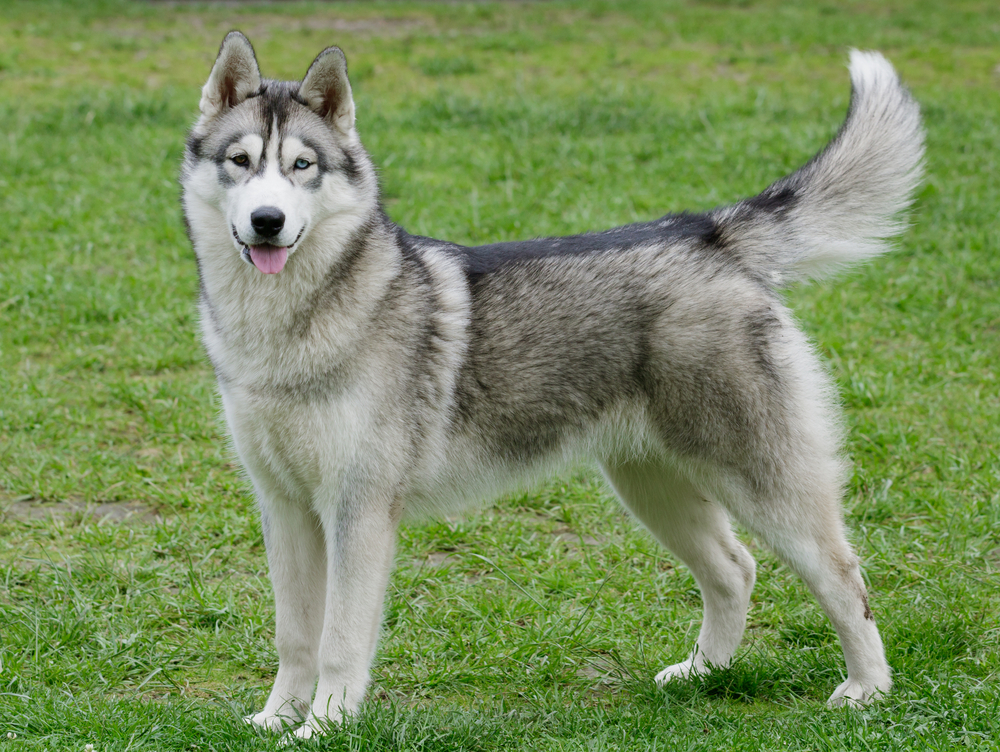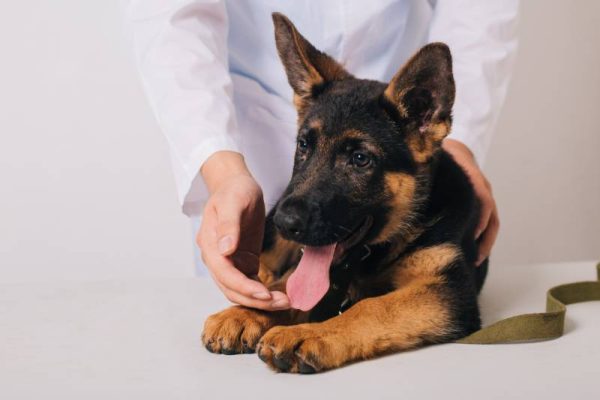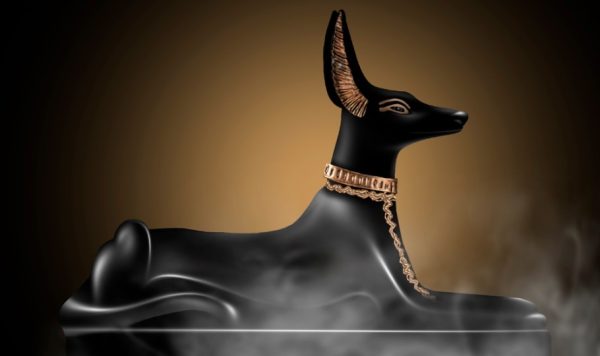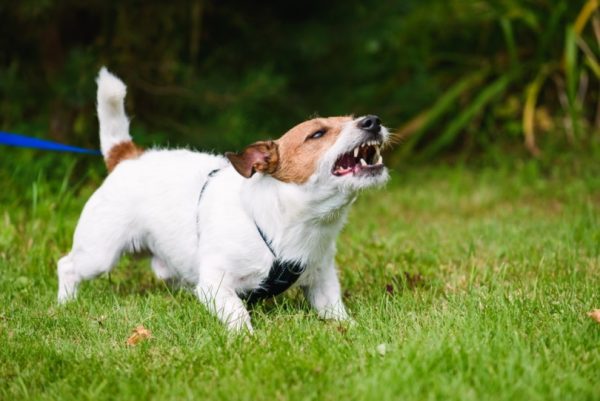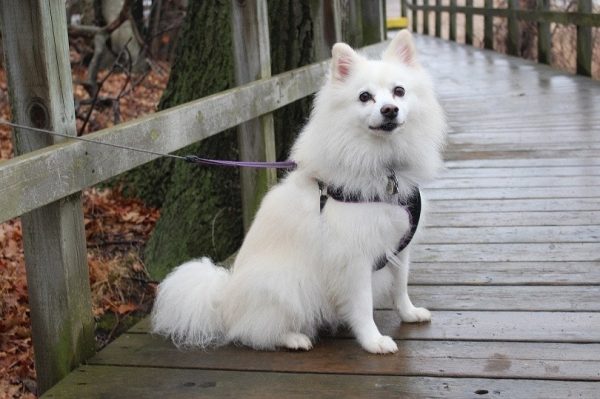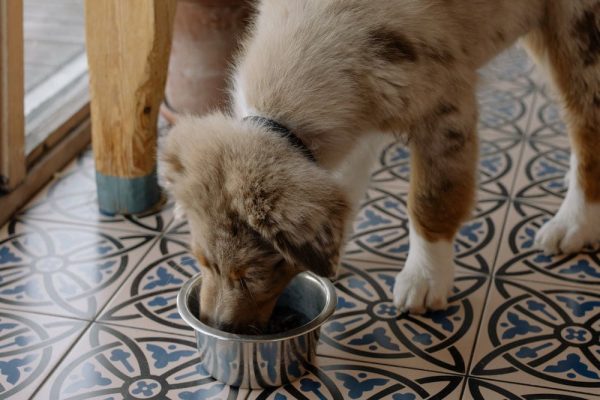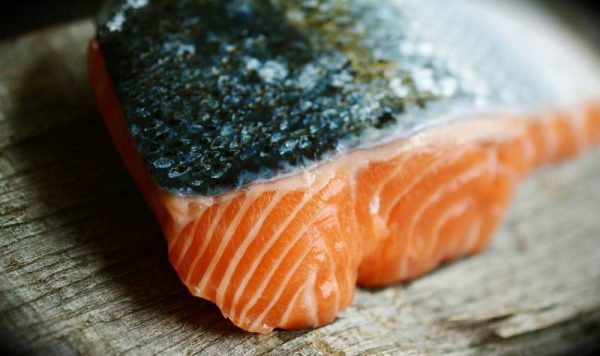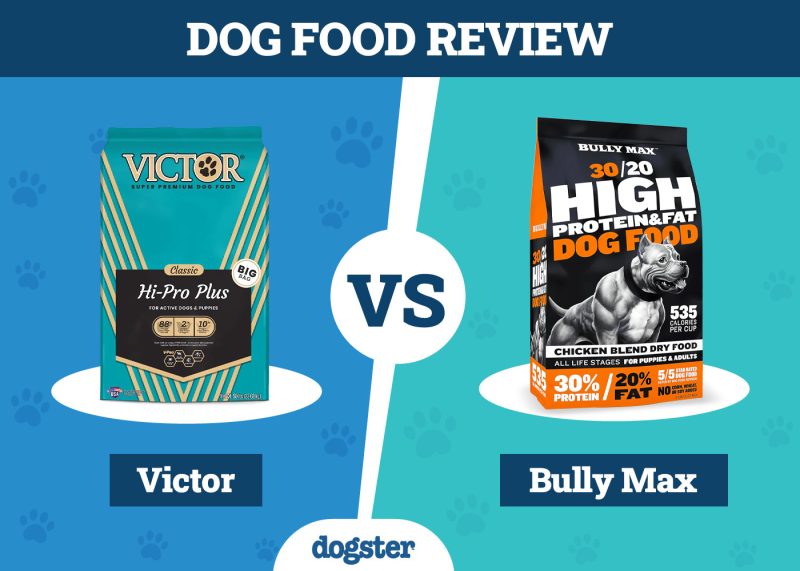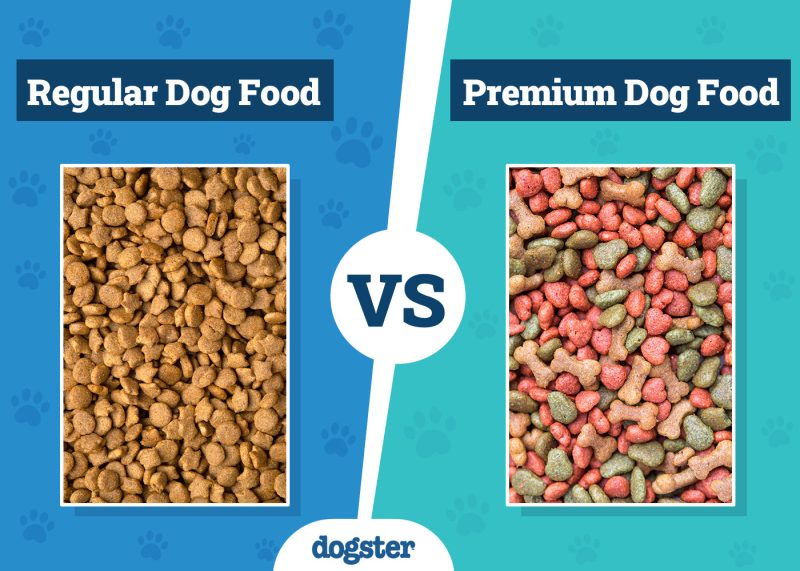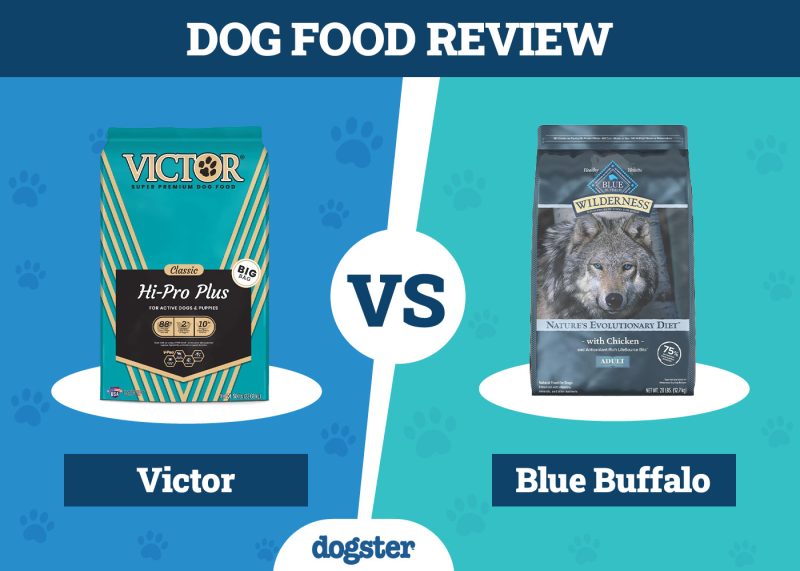In this article
Siberian Huskies are gorgeous medium-sized dogs that can make fantastic pets for the right people. Dogs of this size tend to grow fairly quickly, reaching full maturity around 1 1/2 years of age. If you’re considering adopting a Siberian Husky, you should know the approximate growth milestones for this breed to ensure your puppy is growing as they should.
Luckily, we’re here with that information! We’ve gathered all the info you’ll need to keep track of your Husky’s growth in one convenient chart. We’ll also examine what factors could affect your dog’s growth, how to measure your pup, and more.

Siberian Husky Overview
Siberian Huskies originated in northeastern Asia and were developed by the native Chukchis. Originally bred to be companion animals, these dogs soon became sled dogs, able to pull light loads. As they are adapted to harsh, wintry conditions, these pups need extra care in hot weather and their owners should take measures to prevent them from overheating.
As pack animals, they do best as full participants in family life, whether that family is people or other canines. They do not do well left on their own, though, so anyone adopting one of these pups should be home more often than not. This breed is known for their high energy and independence, so they may be a challenge for novice dog owners.
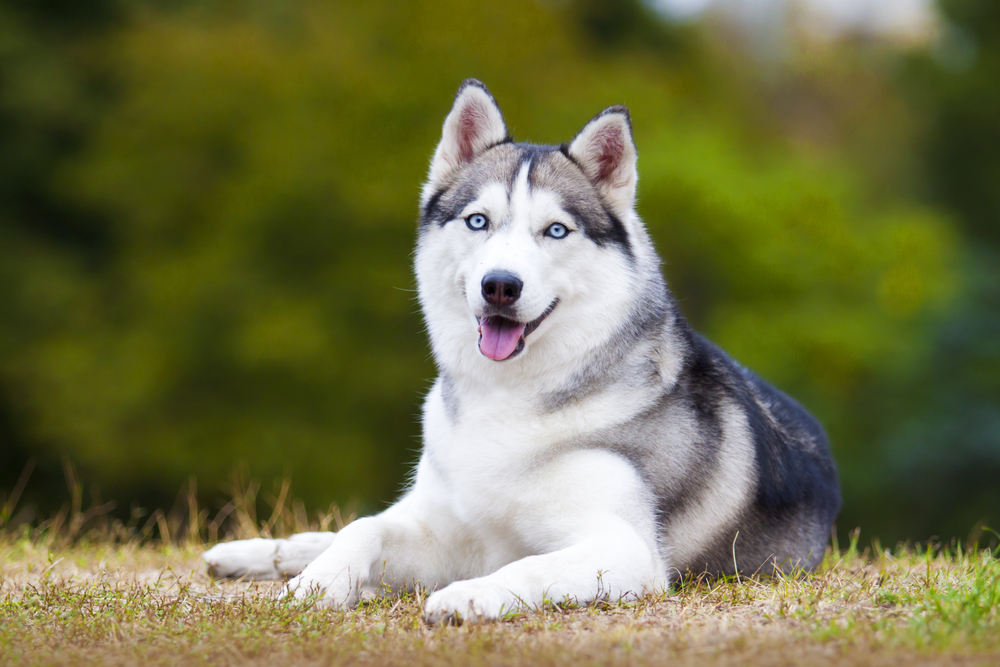
Siberian Husky Size and Growth Chart
This growth and weight chart comprises the standard weights of Siberian Huskies as they grow, though it’s vital to remember all dogs are individuals, so there may be variations, with 5% of pups being likely to fall outside the standard growth curve. On average, female Huskies will be on the lower end of the spectrum, and males will be on the far end. Knowing that various factors can affect a Siberian Husky’s development is also important. If you think your pup is growing too slowly or quickly compared to the chart below, speaking with your vet could be a good idea.
Did you know you can speak to a veterinarian without having to travel? Just head over to PangoVet. It's an online service where you can talk to a vet online and get the advice you need for your pet — all at an affordable price!

| Age: | Weight Range: |
| 8 weeks | 6 to 11 lbs |
| 3 months | 11 to 18 lbs |
| 4 months | 16 to 27 lbs |
| 5 months | 20 to 35 lbs |
| 6 months | 24 to 45 lbs |
| 9 months | 30 to 55 lbs |
| 1 year | 34 to 57 lbs |
| 2 years | 35 to 60 lbs |
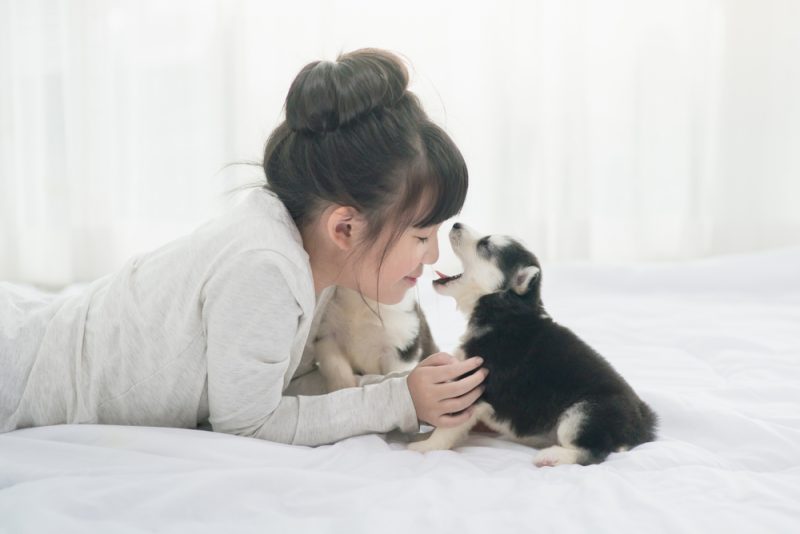
When Does a Siberian Husky Stop Growing?
So, when does a Siberian Husky reach their full weight and height? Larger male Huskies reach this point around 18 months, and smaller female Huskies reach this point as early as 12 months. In general, smaller dogs will reach their adult size sooner. Your dog may still grow just a bit after this, but any growth or weight added should be minute.
Factors Affecting the Size of a Siberian Husky
Genetics, of course, plays the most significant role in how large a Siberian Husky will be, but external factors also come into play. What are they?
A dog’s diet plays a role in how big they will get. Canines who eat a diet meeting all their nutritional needs during puppyhood should grow normally. But if a pup is missing nutrients, they could end up being below the standard weight and height for their breed. Likewise, if a Husky is overeating, they could suffer from unhealthy weight gain. It’s important to avoid this for the sake of their developing joints.
Genetics and breeding also play a role. A Siberian Husky who wasn’t bred to match official breed standards would also end up being a different size than average. Diseases like heart conditions, parasites, and gastrointestinal problems can stunt growth.
The sex of a Husky factors in, as well. Females will be slightly smaller on average than male Huskies.
Having your dog fixed could cause issues with their growth, at least if you have them spayed or neutered too early. If a dog is spayed or neutered before they reach maturity, it could result in them being taller than average, as being fixed early increases how long the bones continue to grow. If this happens, not only could your pup be taller than is standard, but they could also experience joint issues.
So, there’s a lot more at play than genetics when it comes to the proper growth of a Siberian Husky!
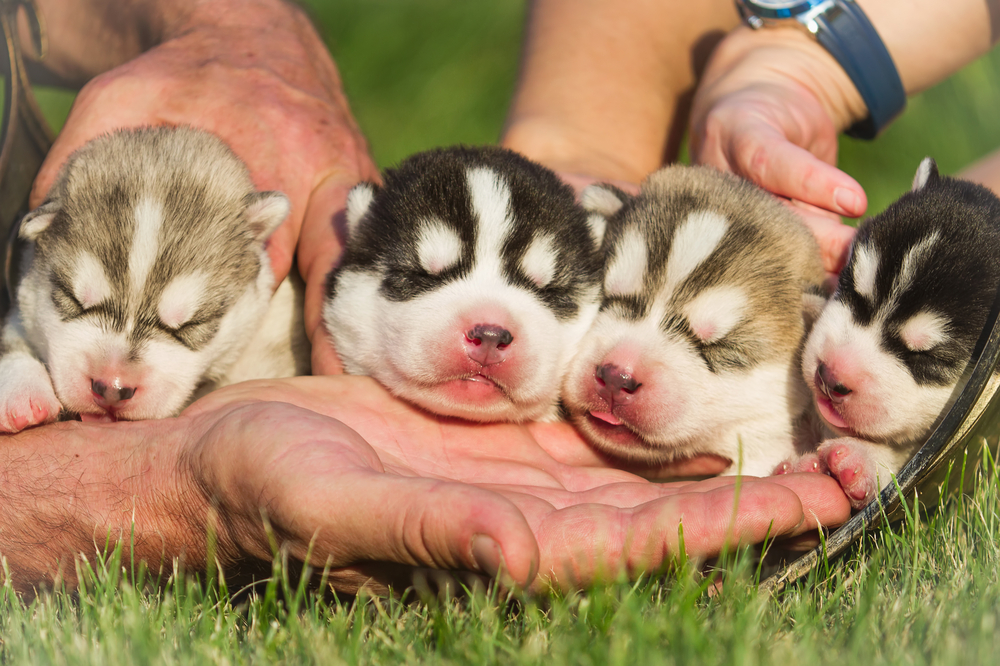
Ideal Diet for Maintaining a Healthy Weight
Like all canines, Siberian Huskies require a well-balanced diet that offers them protein, carbohydrates, fats, minerals, and vitamins. Because these dogs are so high-energy, they should eat protein-rich foods to meet those energy needs. A high quality, nutritionally balanced commercial diet will provide everything they need. You can select breed-specific diets or those designed for medium sized dogs. Feed a puppy diet until they finish growing and then transition them onto an adult food.
As for how much to feed your dog daily, speak with your vet as calorie needs vary by dog depending on their age, activity level, and more. As a general rule follow the feeding guide on the dog food bag and adjust according to their body condition score.
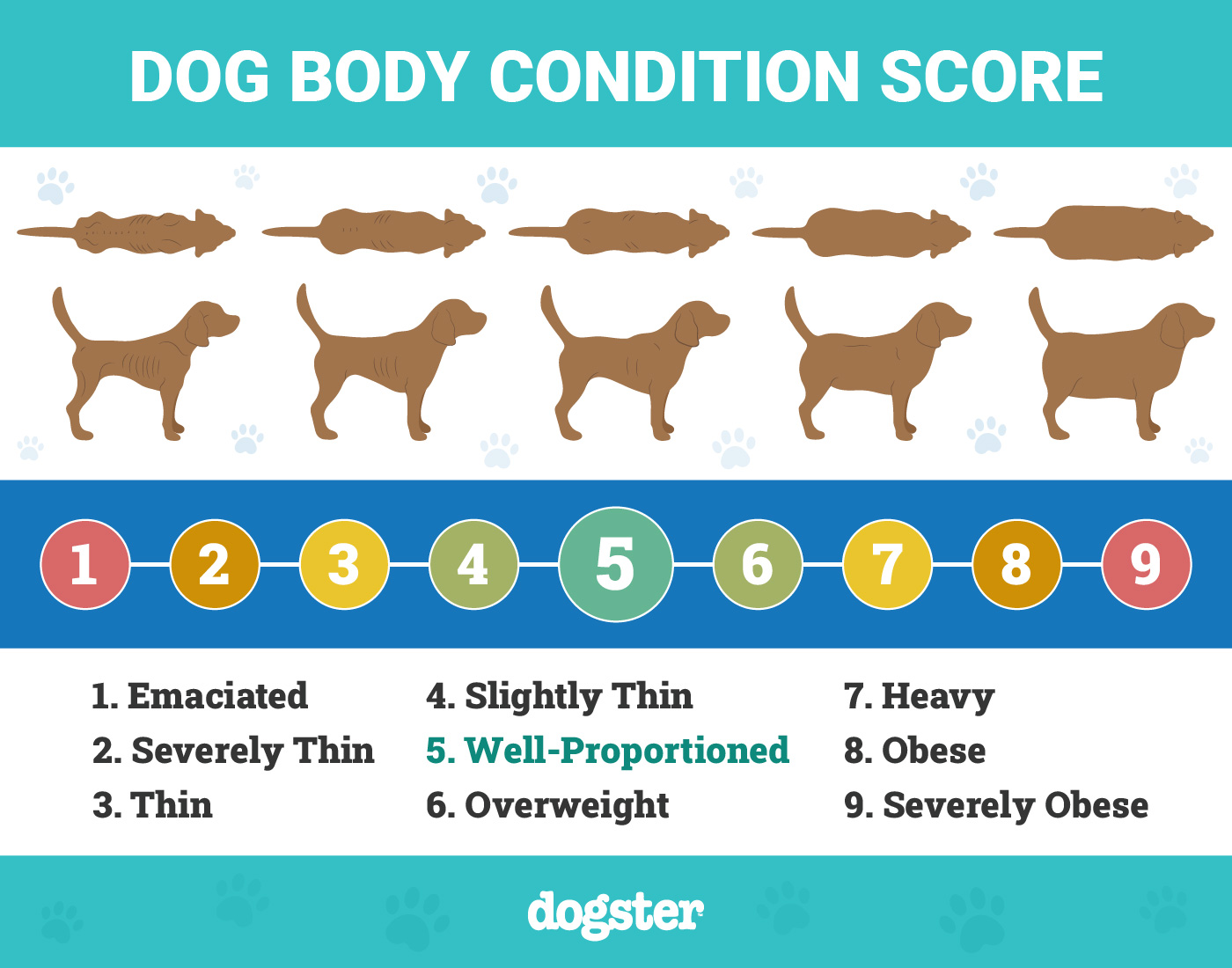
How to Measure Your Siberian Husky
Measuring a dog is easy (provided you can get them to stand still long enough!). The standard method for measuring pups is to stand them against a wall and then measure from the ground up to the highest point of the shoulder blade. If you want to measure the length of your Husky, just measure from the base of the neck to the base of the tail.

Conclusion
Now you know exactly what growth goals your Siberian Husky should be hitting as they grow! If you think your dog might be under or over where they should be, speak with your vet to determine if something is causing them to grow too slowly or quickly. And help your dog grow as they should by ensuring they receive the proper nutrients in their diet. Most of all, though, don’t forget to enjoy your Siberian Husky as they move from puppyhood to adulthood!
Featured Image Credit: Edalin Photography, Shutterstock
